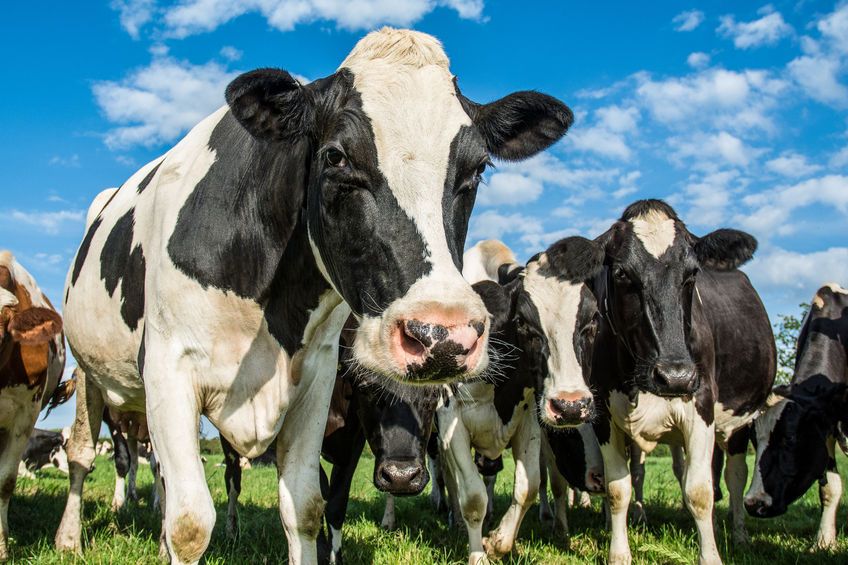
Europe’s largest dairy cooperative Arla Foods has introduced new measures to tackle climate change, including a step to be carbon 'net zero' by 2050.
The new targets, launched on Sunday 10 March, include a target to be carbon neutral by 2050, with any unavoidable emissions, for example from farms, offset by improvements elsewhere in the supply chain.
The move is widely regarded as being in line with the goals of the 2015 Paris agreement on climate change.
Other targets include a step to balance nitrogen and phosphorus cycles to support clean water systems and a wish to be more closely aligned with nature to further increase biodiversity across Britain’s countryside.
While Arla has managed almost 50% more milk since 2005, its CO2 emissions have reduced by 22% across production and packaging; on farms CO2 emissions per kilo of milk have reduced by 24% since 1990.
The dairy cooperative, which is owned by 2,400 UK farmers, already boasts the first carbon net zero milk processing facility in the world.
From 2015 to 2018 it cut the annual emissions of carbon from the UK’s largest dairy at Aylesbury by more than half, or by 15,000 tonnes, by switching to using biogas.
Arla Foods UK Managing Director, Ash Amirahmadi said providing food for a growing population whilst reducing environmental impact is one of the world's 'greatest challenges'.
“Arla has already shown this is possible and the new ambitions announced today will ensure Arla’s farmers, production sites and products continue to play their part in developing a sustainable world for everyone,” he said.
Examples of actions taken by Arla’s UK farmer owners include the fact that over 130 farms now use robotics to allow cows to be milked whenever they want.
Meanwhile, almost 1,500 farms have opened parts of their land to public use, with farmers taking responsibility for the maintenance of hedgerows and more than 10,000 kilometres of public footpaths.
